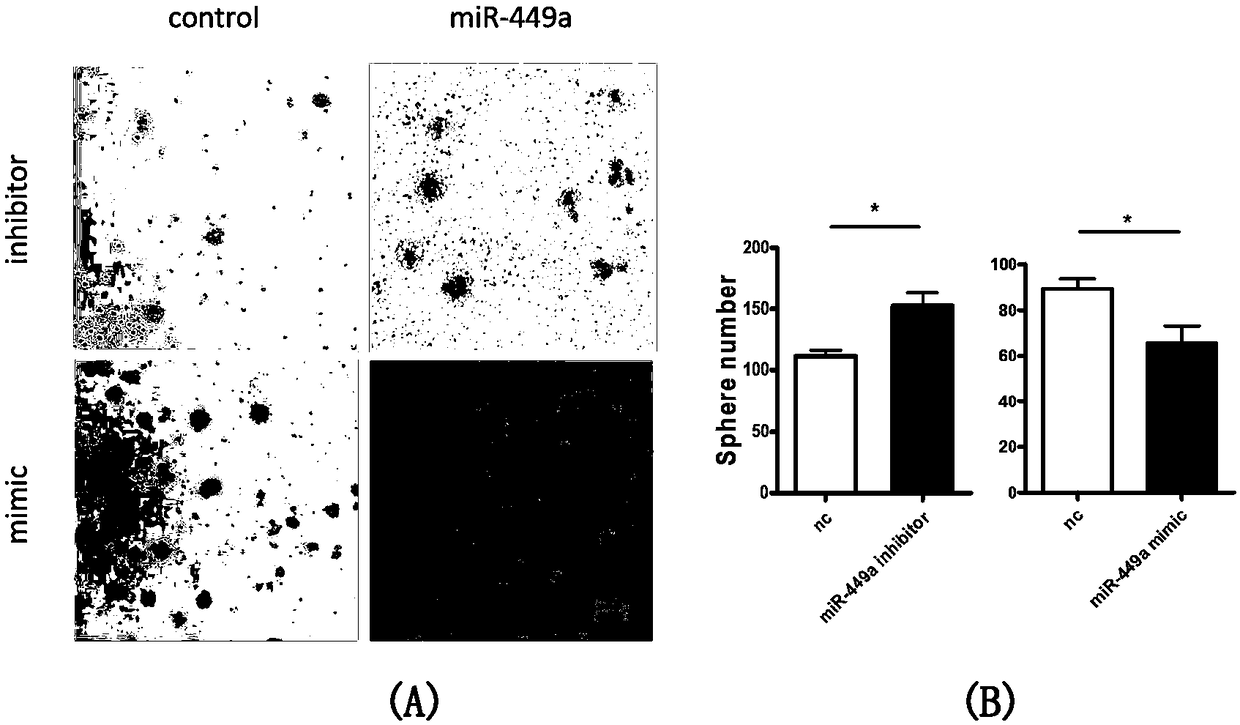Method for promoting in-vitro amplification of RPCs (retinal progenitor cells) of mouse by inhibiting microRNA (micro ribonucleic acid)
A mouse retina and precursor cell technology, applied in the field of stem cell application, can solve the problem of small number and achieve the effect of promoting expansion
- Summary
- Abstract
- Description
- Claims
- Application Information
AI Technical Summary
Problems solved by technology
Method used
Image
Examples
Embodiment Construction
[0027] The present invention is described in further detail below in conjunction with accompanying drawing:
[0028] 1. Primary culture process: Prepare pregnant C57 mice at 17.5 days pregnant, cut out the fetal mice, move the fetal mice into a clean table, and place them in sterile PBS solution. Under the microscope, the fetal mouse eyeballs were peeled off, and the eyeballs were placed in the pre-prepared PBS droplet. The collected eyeballs were torn open with ophthalmic forceps, and the retinal tissue was taken out and put into fresh PBS droplet. Collect retinal tissue in a 1.5ml centrifuge tube. After centrifugation at 800rpm / min for 5min, the supernatant was discarded. Add trypsin digestion solution containing EDTA, digest at 37°C for 10 min, and add Neurobasal medium to terminate digestion. After centrifugation at 1300rpm / min for 5min, the supernatant was discarded. Cell pellets were resuspended in Neurobasal complete medium and plated on cell culture dishes. Add 2%...
PUM
 Login to View More
Login to View More Abstract
Description
Claims
Application Information
 Login to View More
Login to View More - R&D
- Intellectual Property
- Life Sciences
- Materials
- Tech Scout
- Unparalleled Data Quality
- Higher Quality Content
- 60% Fewer Hallucinations
Browse by: Latest US Patents, China's latest patents, Technical Efficacy Thesaurus, Application Domain, Technology Topic, Popular Technical Reports.
© 2025 PatSnap. All rights reserved.Legal|Privacy policy|Modern Slavery Act Transparency Statement|Sitemap|About US| Contact US: help@patsnap.com



